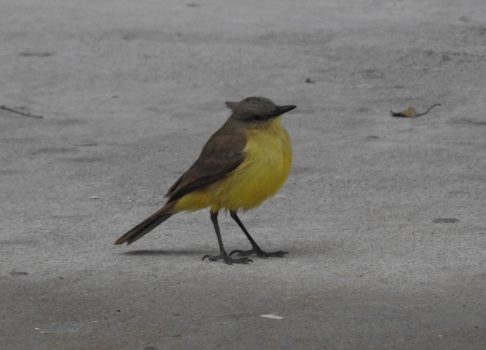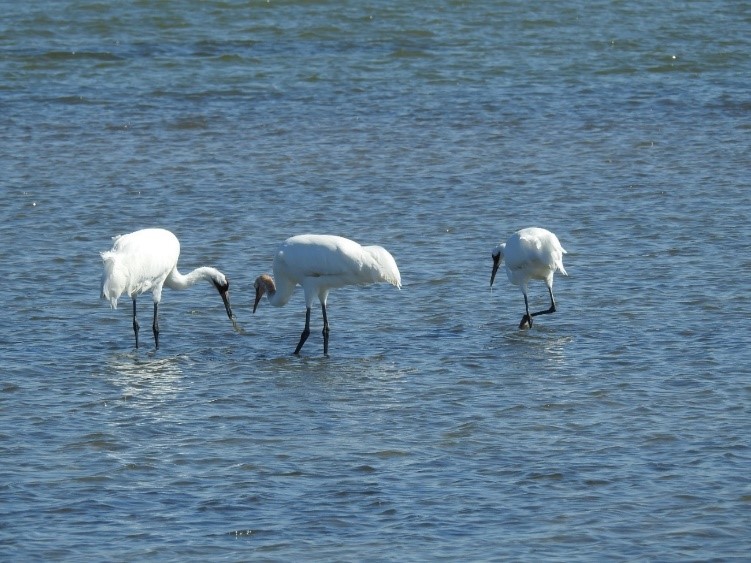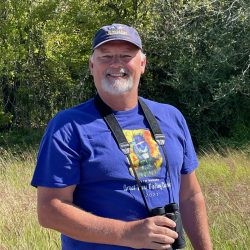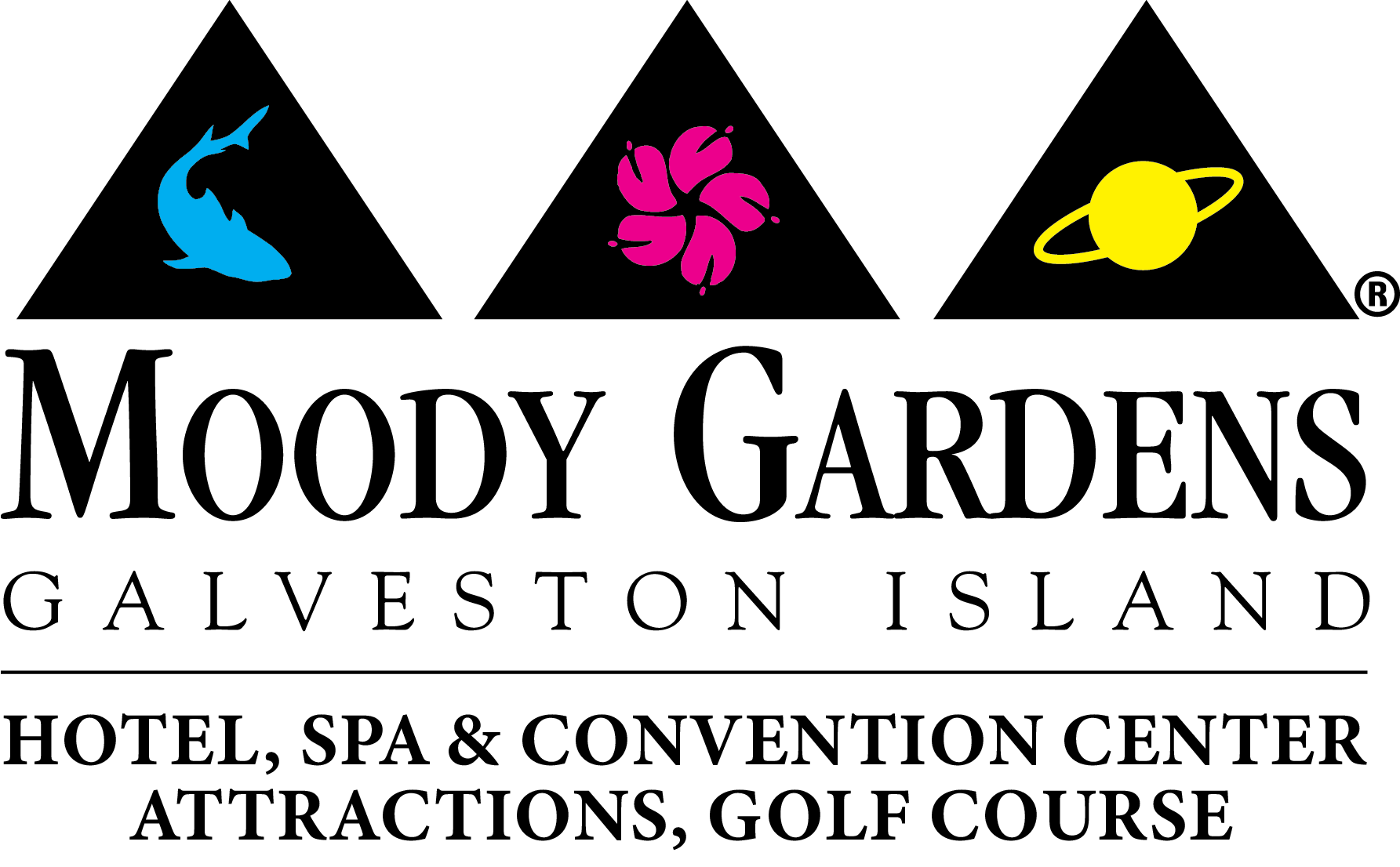“Reflections on Isolation and Resilience in Nature”

The North American Cattle Tyrant in downtown Corpus Christi
Photo credit: Greg Whittaker
It was a strange rare bird chase as I walked a 6-block area in downtown Corpus Christi with binoculars and camera last Friday. Circling back towards the corner of North Chaparral and Lawrence, I saw it! A medium sized bird, gray on top, yellow below, catching bugs off the windows of a building and hopping on the sidewalk just as most previous eBird pictures and reports reflected.
I took several pictures and walked back to the pizza joint to meet the other three non-birdnerds visiting the coastal bend on this long weekend camping trip. I was beaming as I showed the grainy pictures on my cell phone and announced this as my species number 401 for Texas.
I mention that not because it’s a particularly grand achievement amongst birders, but mainly to emphasize the relative unimportance of assigning a number. My thoughtful wife pondered why birders flock to see a single, wayward individual bird and celebrate an encounter. No one seems to care that this lost bird is destined to die alone in an unfamiliar place. The focus on animal well-being is core to both of our professional lives, and her questions prompted my own curiosity.
At a Houston Audubon event this week I took the opportunity to ask several avid world birders if they’d ever seen a Cattle Tyrant in its native range and habitat. A couple commented that their numerous encounters in Panama and Brazil involved birds hopping around on sidewalks in downtown urban centers plucking flies off buildings and dumpsters. To which I thought to myself, well at least this new Texan has located its essential habitat. I commented that it would probably suffer from the cold temperatures this past week and it was pointed out that the natural range has similar conditions.
Satisfied that this visitor could survive, and perhaps physically thrive in its new home, I was troubled by the species description listing it as a social species often found in flocks. Isolation of a social species is the opposite of thriving when we look through the animal well-being lens. The North American Cattle Tyrant saga will continue to play out, and this individual bird will attract thousands of avian gawkers before disappearing mysteriously, or even sadder, to obscurity when the newness wears off.
Stepping back to explore the odd concept of listing in the birdwatching realm, I’ll state up front, that I’m a lister. It would take some analyzing to determine why its important for me to have a metric assigned to my time outside enjoying nature, but it’s there, it’s real and eBird is the enabler.
Likely the same neurochemical explosions associated with the dinging sound of increasing “likes” on a tik-tok post (if that’s even a thing). The inherent narcissism of making me and my sightings more important than the subject matter itself.
I realized this morning as I listened to the territorial call of an American Robin establishing a nest in my neighborhood and seeing the head of a Red-shouldered Hawk peering over the edge of last year’s nest that everyday encounters with the wildlife around us should be more important than a “first”. Listing is important, and the valuable data that researchers access through the aggregate of all of our eBird lists is critical to understanding species population trends, range shifts, migration timing and many other questions that we haven’t even asked yet.
While you’re out there chasing those rare birds, take time to notice everything else. Collectively we may start talking a little more loudly about the reduced numbers of common species, or the seemingly smaller numbers of species we’re seeing throughout the year, or the lack of a species during a migration, or two, or a decade. Since we all care about the birds we see, hopefully we’ll care as much about the ones we don’t.

Whooping Cranes at Goose Island State Park
Photo credit: Greg Whittaker
If you want to see the first ever North American record of the Cattle Tyrant, go to the corner of North Chaparral Street and Schatzell Street in downtown Corpus Christi and watch for the pretty yellow-bellied bird hopping along the sidewalk catching flies off the side of a building.
On the way down, treat yourself to a drive by the Big Tree at Goose Island State Park to see some of the 536 living Whooping Crane that continue to visit Texas every November through February.

Greg Whittaker is Moody Gardens’ General Curator and a birding enthusiast. He chairs the Galveston County Audubon Group and serves on the Houston Audubon Board of Directors.
